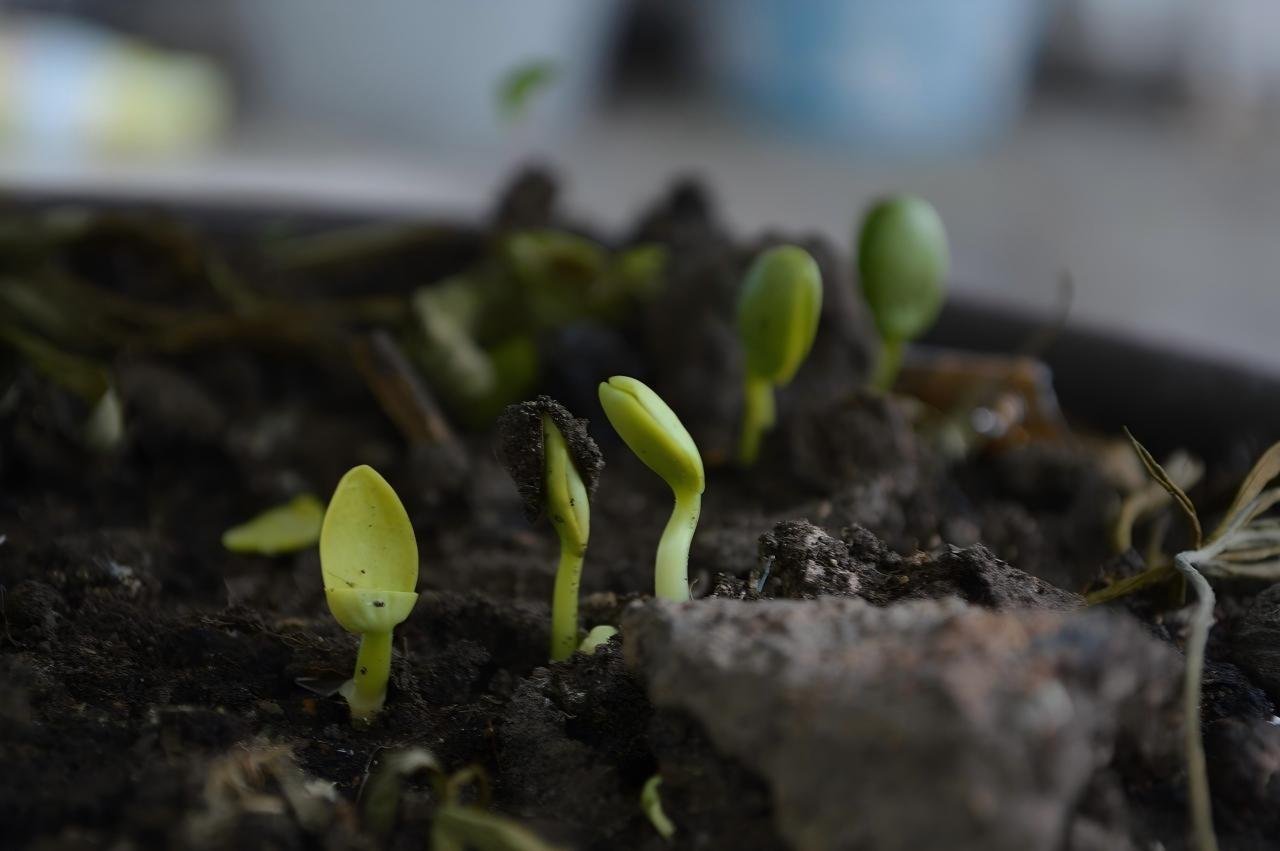The five basic functions of soil are water retention, fertility retention (storage and release of fertility), air permeability (soil porosity), heat retention (reducing rapid temperature fluctuations to maintain the required temperature for growth), and the ability to provide nutrient supplements for growing plants (the ability to convert and reprocess fertilizer).
Soil also provides habitats for plants and animals, playing a vital role in protecting and enhancing biodiversity. Soil also participates in processes such as water and nutrient cycling and carbon storage, and can buffer environmental fluctuations, filtering and degrading pollutants.
The goal of soil improvement is to ensure that the soil meets the needs of healthy crop growth and maintain a healthy soil microecological environment. Improved soil should meet the following five quantitative criteria:
1. Soil pH
Soil pH determines the properties of applied fertilizers. The optimal range is generally between 6.5 and 6.8, which maximizes crop absorption and utilization of various fertilizers and minimizes the likelihood of elemental antagonism.
2. Soil Electrical Conductivity (EC)
The ideal range is generally between 0.5 and 0.8, with a maximum value not exceeding 1.8. An appropriate EC value enables crop cells to absorb nutrients within a reasonable osmotic pressure range.
3. Soil Porosity
Soil porosity should be between 50% and 66%, primarily addressing soil air permeability. In addition to simply tilling the topsoil, other measures to adjust soil porosity include the use of high-fiber organic fertilizers, such as straw, rice husks, sawdust, and cow and horse manure.
4. Soil Organic Matter Content
By weight, the ideal organic matter content in the soil should reach 5%; by volume, it should reach 12% of the soil (cultivated layer).
5. Soil Biological Activity
Increasing the diversity and activity of soil microorganisms and restoring soil protozoa is essential. Healthy soil should have a rich microbial community.
Soil Improvement Measures
Common soil improvement measures include mechanized deep tillage, shredding and returning all crop straw to the field, and applying organic fertilizers and straw decomposition agents. These measures can improve soil structure, increase soil organic matter content, and regulate soil pH, thereby creating a favorable soil environment for crop growth.





